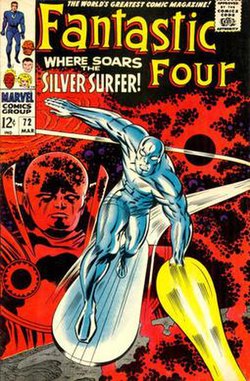
Captain America is a superhero created by Joe Simon and Jack Kirby who appears in American comic books published by Marvel Comics. The character first appeared in Captain America Comics #1, published on December 20, 1940, by Timely Comics, a corporate predecessor to Marvel. Captain America's civilian identity is Steve Rogers, a frail man enhanced to the peak of human physical perfection by an experimental "super-soldier serum" after joining the United States Army to aid the country's efforts in World War II. Equipped with an American flag–inspired costume and a virtually indestructible shield, Captain America and his sidekick Bucky Barnes clashed frequently with the villainous Red Skull and other members of the Axis powers. In the final days of the war, an accident left Captain America frozen in a state of suspended animation until he was revived in modern times. He resumes his exploits as a costumed hero and becomes leader of the superhero team the Avengers, but frequently struggles as a "man out of time" to adjust to the new era.
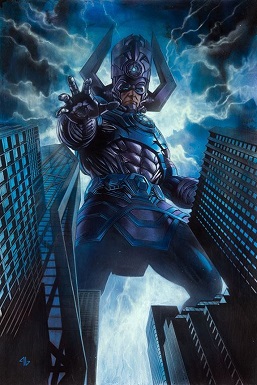
Galactus is a fictional character appearing in American comic books published by Marvel Comics. Formerly a mortal man, he is a cosmic entity who consumes planets to sustain his life force, and serves a functional role in the upkeep of the primary Marvel continuity. He was created by Stan Lee and Jack Kirby and first appeared in Fantastic Four #48.
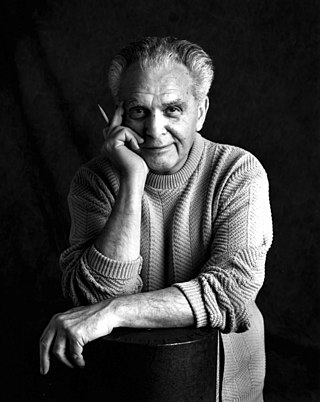
Jack Kirby was an American comic book artist, widely regarded as one of the medium's major innovators and one of its most prolific and influential creators. He grew up in New York City and learned to draw cartoon figures by tracing characters from comic strips and editorial cartoons. He entered the nascent comics industry in the 1930s, drawing various comics features under different pen names, including Jack Curtiss, before settling on Jack Kirby. In 1940, he and writer-editor Joe Simon created the highly successful superhero character Captain America for Timely Comics, predecessor of Marvel Comics. During the 1940s, Kirby regularly teamed with Simon, creating numerous characters for that company and for National Comics Publications, later to become DC Comics.

Joseph Henry Simon was an American comic book writer, artist, editor, and publisher. Simon created or co-created many important characters in the 1930s–1940s Golden Age of Comic Books and served as the first editor of Timely Comics, the company that would evolve into Marvel Comics.
The inker is one of the two line artists in traditional comic book production.

Donald L. Heck was an American comics artist best known for co-creating the Marvel Comics characters Iron Man, the Wasp, Black Widow, Hawkeye and Wonder Man and for his long run penciling the Marvel superhero-team series The Avengers during the 1960s Silver Age of comic books.
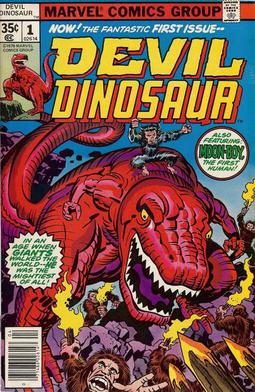
Devil Dinosaur is a character appearing in American comic books published by Marvel Comics. Created by Jack Kirby, the character first appeared in Devil Dinosaur #1. Devil Dinosaur is depicted as resembling an enormous, crimson Tyrannosaurus-like dinosaur. The character and his inseparable ape-like friend, Moon-Boy, are natives of "Dinosaur World," a version of Earth in a parallel universe where dinosaurs and other prehistoric creatures co-exist with tribes of primitive humanoid beings.
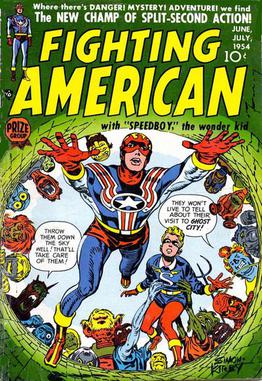
Fighting American is a superhero created in 1954 by the writer-artist team of Joe Simon and Jack Kirby. Published by the Crestwood Publications imprint Prize Comics, it was, contrary to standard industry practices of the time, creator-owned. Harvey Comics published one additional issue in 1966. One final inventoried tale was published in 1989, in a Marvel Comics hardcover collection of all the Fighting American stories.
Young Allies is the name of three superhero teams appearing in American comic books published by Marvel Comics.
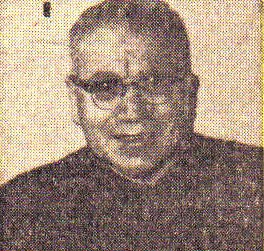
Paul J. Reinman was an American comic book artist best known as one of Jack Kirby's frequent inkers during the period comics fans and historians call the Silver Age of Comic Books. This included the first issues of The Incredible Hulk and The X-Men.
Fox Feature Syndicate was a comic book publisher from early in the period known to fans and historians as the Golden Age of Comic Books. Founded by entrepreneur Victor S. Fox, it produced such titles as Blue Beetle, Fantastic Comics and Mystery Men Comics.
The Yancy Street Gang is a fictional street gang appearing in American comic books published by Marvel Comics. It is occasionally featured in the Fantastic Four comic book. The gang is often seen as an antagonist for the Thing, showering him with insults, and occasionally heads of lettuce. In their early appearances, they were an "off-screen" presence, with only their hands and arms visible on-panel.

Moon-Boy is a fictional character appearing in American comic books published by Marvel Comics. He is best known as the constant companion of Devil Dinosaur.

Daring Mystery Comics is an American comic-book series published by Timely Comics, a predecessor of Marvel Comics, during the 1930–40s period fans and historians call the Golden Age of Comic Books. Primarily a superhero anthology, it ran eight issues from 1940 to 1942, and is notable for work by Carl Burgos, Bill Everett, Alex Schomburg, and the team of Joe Simon & Jack Kirby.

Amy Reeder, formerly known as Amy Reeder Hadley, is an American comic book artist and writer known for her work on titles such as Fool's Gold, Madame Xanadu, Batwoman, and Moon Girl and Devil Dinosaur.

Blue Marvel is a superhero appearing in American comic books published by Marvel Comics. Created by Kevin Grevioux, who originally conceived the character as a child, and Mat Brome, the character first appeared in Adam: Legend of the Blue Marvel #1.
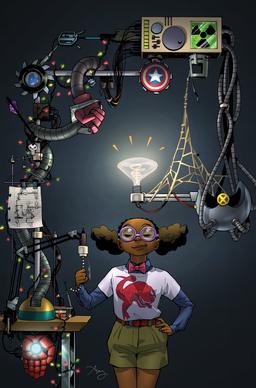
Moon Girl is a superhero appearing in American comic books published by Marvel Comics, created by writers Brandon Montclare and Amy Reeder and artist Natacha Bustos. The character first appeared in Moon Girl and Devil Dinosaur #1. Lunella is a 9-year-old Inhuman girl who is described as the smartest character in the Marvel Universe and is paired with Devil Dinosaur, with whom she shares a mental link.

Marvel's Moon Girl and Devil Dinosaur is an American animated television series developed by Steve Loter, Jeffrey M. Howard, and Kate Kondell for Disney Channel. Based on the characters of the same names by Marvel Comics, the series follows Lunella Lafayette and her dinosaur companion "Devil Dinosaur".
